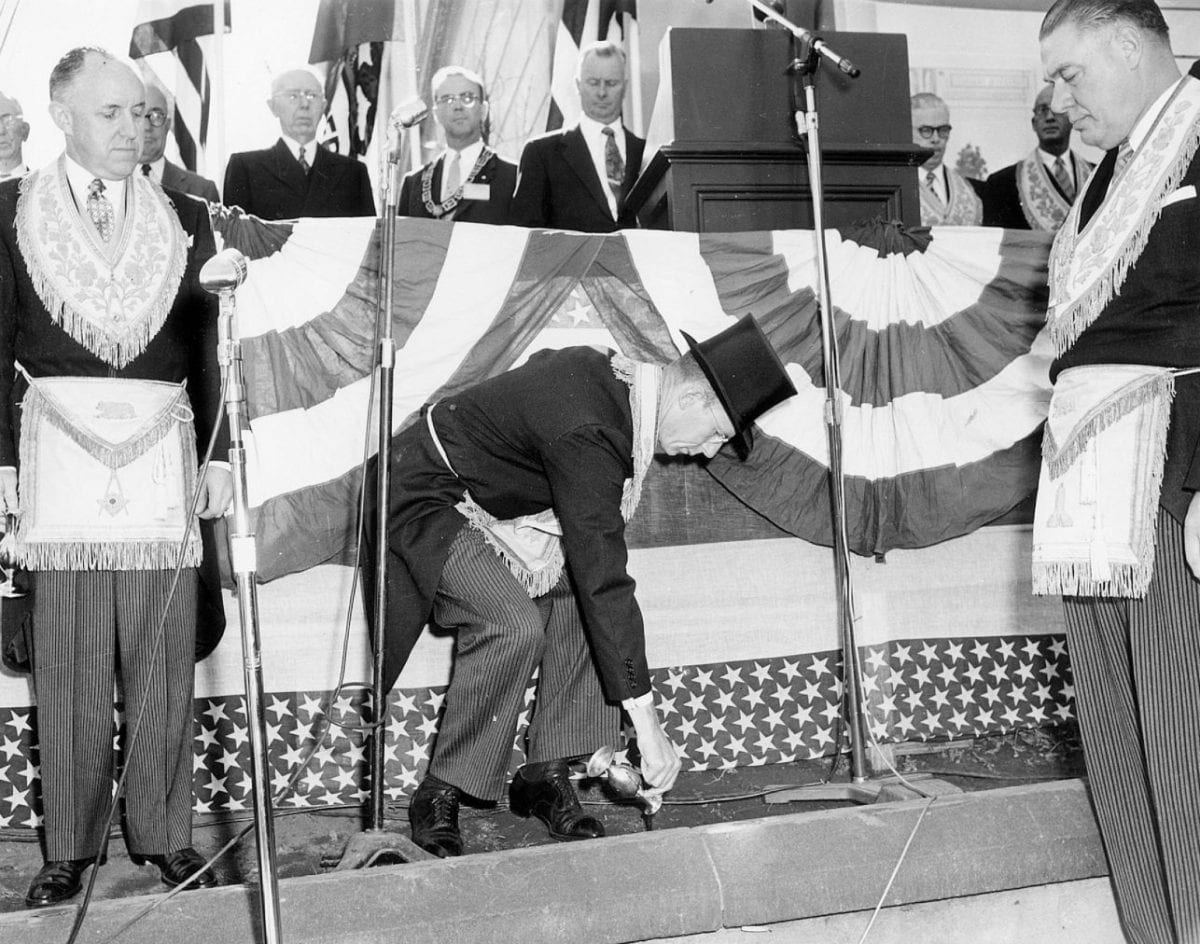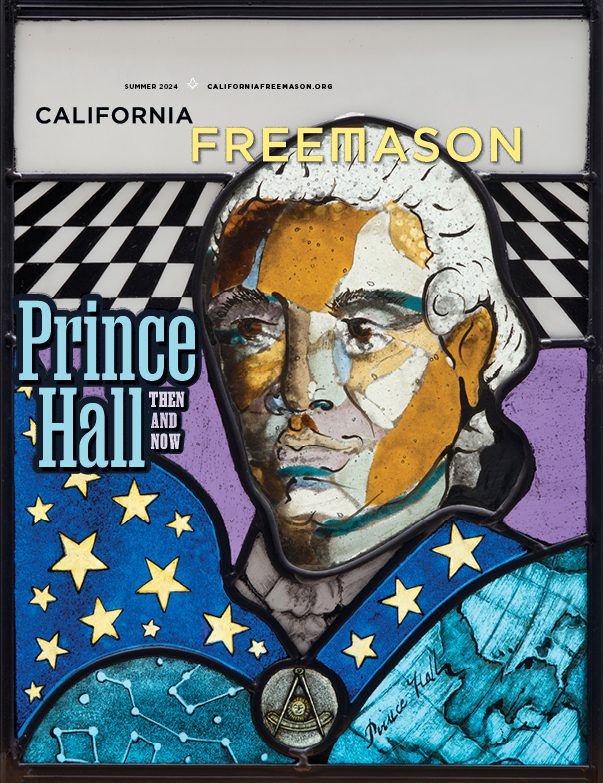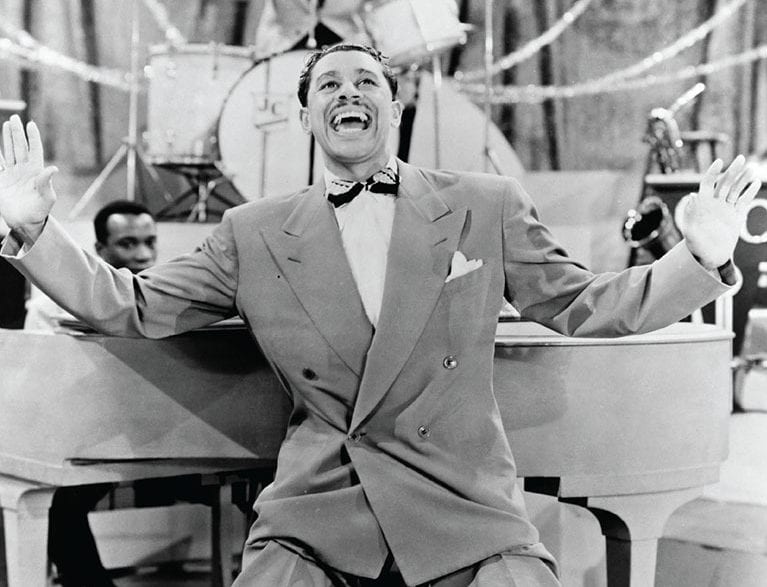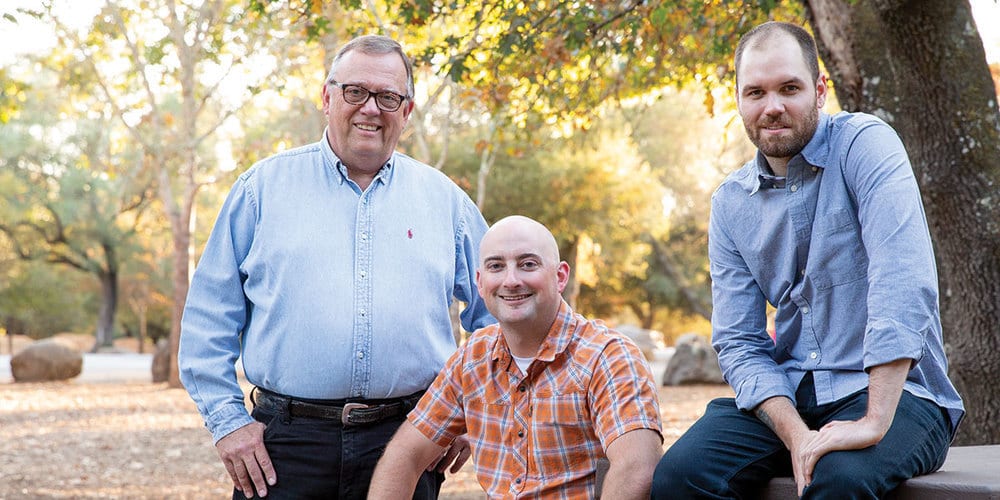THE PORTABLE MASONIC CORNERSTONE KIT
Many a Mason have been known to enjoy a drop here and there. But no, that’s not what the three silver and gold flasks seen above are all about.
Rather, these historic flasks—embossed with the words CORN, OIL, and WINE—were commissioned specifically for the 1955 groundbreaking ceremony for the California Memorial Masonic Temple, making them part of what was, essentially, a cornerstone-blessing travel kit. The flasks—two in silver, one gold—were used to transport their contents to the ceremony. Separate silver and gold ewers, or pitchers, were used to do the ceremonial pouring, as seen in the photo below.

In Masonic tradition, corn, oil, and wine are used as blessings during the dedication of a new lodge. During the Fellow Craft degree, it is explained that the first laborers building King Solomon’s temple were paid in corn, wine, and oil. Corn (meaning barley or wheat in early history), always poured from a gold vessel in recognition of its primacy, symbolizes abundance and life. Wine is emblematic of wealth, comfort, and hospitality. Oil, as pressed from olives, is a soothing and healing balm. During the consecration ceremony for a new lodge, the following is spoken while pouring the three elements on the cornerstone:
“I pour this corn, the emblem of nourishment, and consecrate this Lodge to charity.”
“I pour this wine, the emblem of refreshment, and consecrate this Lodge to hope.”
“I pour this oil, the emblem of joy, and consecrate this Lodge to faith.”
The three symbols together represent the “wages” paid to Masons, fulfilling their physical, mental, and spiritual needs.
This anointing ceremony is still performed today, most recently at the cornerstone consecration in July for a skilled nursing and memory care center at the Masonic Homes’ campus in Covina.
The 1955 flasks, alas, were not part of the Masonic Temple’s groundbreaking festivities themselves—for that, their contents were poured into the ceremonial ewers. Might they have been “repurposed” afterward, then, for their shall we say libationary potential? Seems not: You can still hear kernels of corn rattling around inside the golden flask.
Special thanks to Collections Manager Joseph Evans.
Three ceremonial flasks, Acc# 88.37.2a-c
Courtesy of the Henry Wilson Coil Library and Museum of Freemasonry. The library serves as a research source for Masons, academic scholars, and others who wish to explore the history of Freemasonry in California. Visit the library and museum online at masonicheritage.org.


